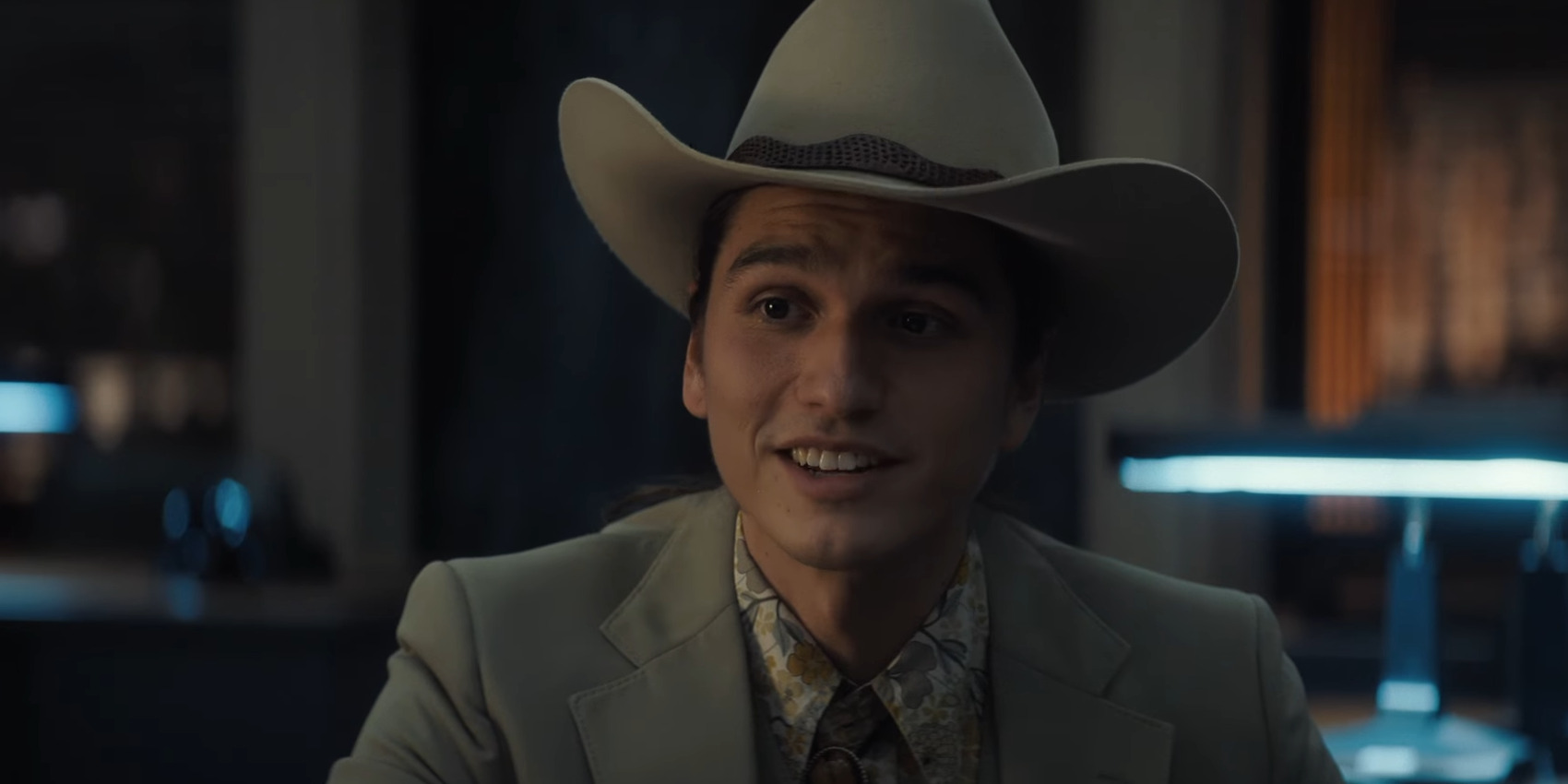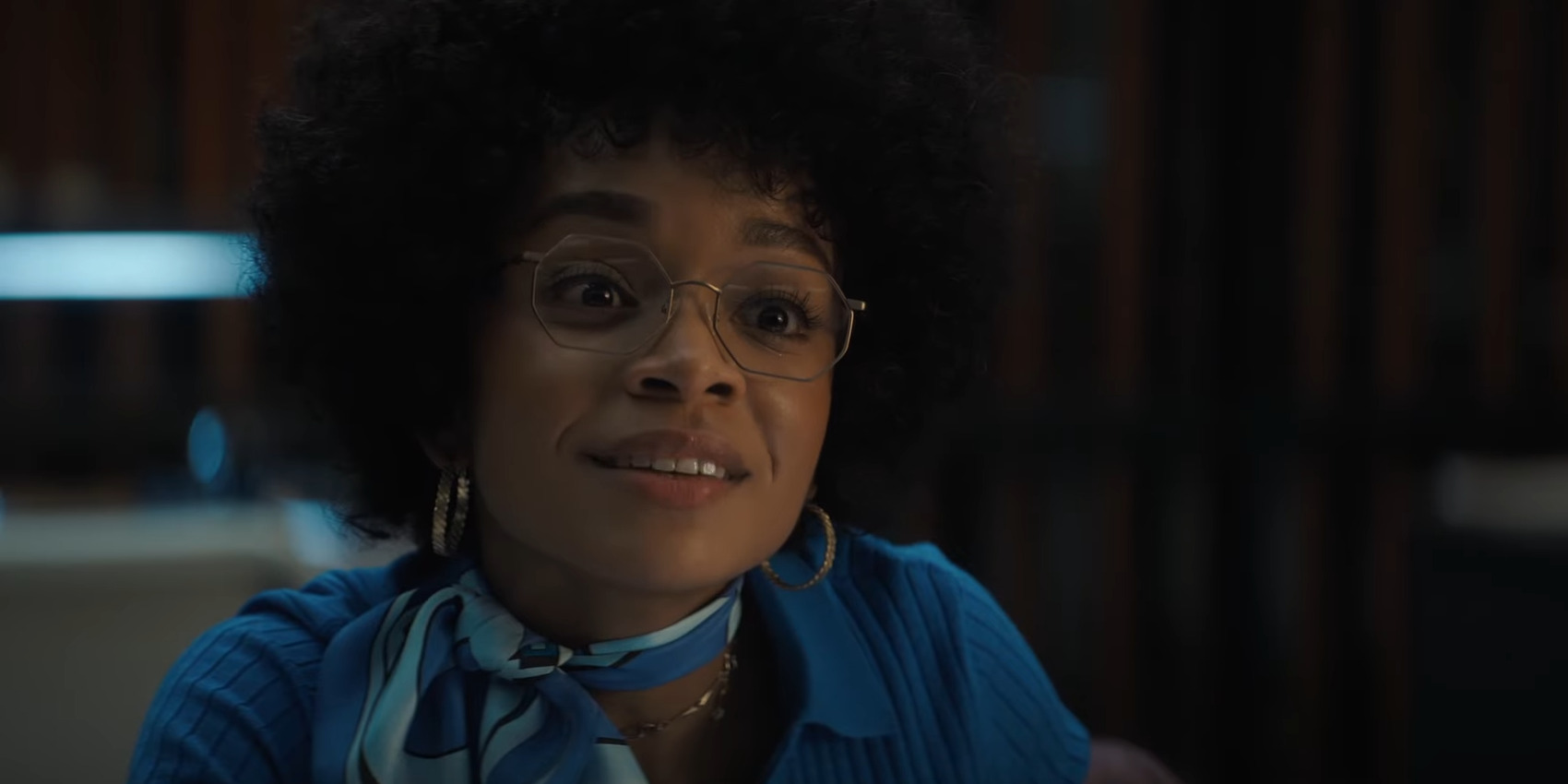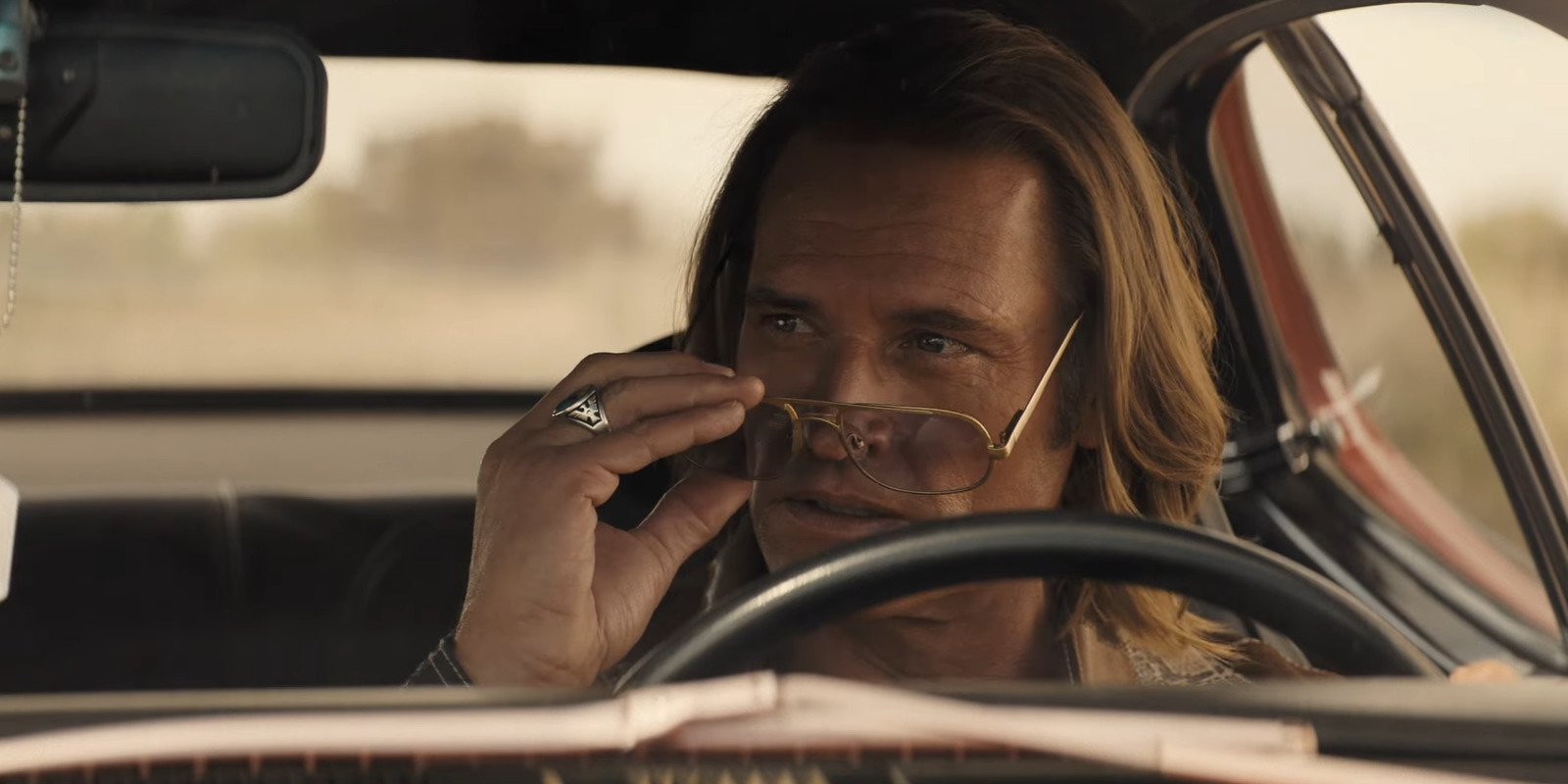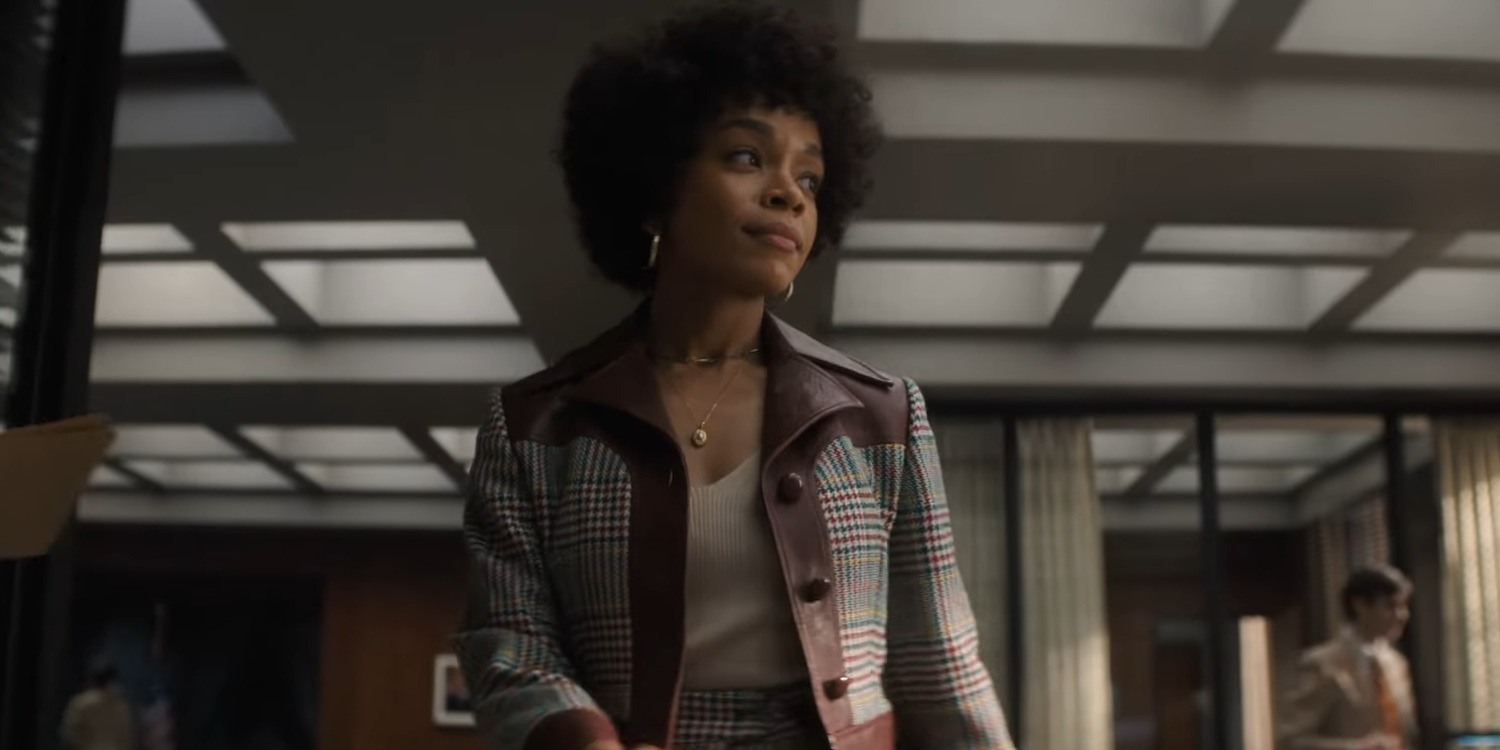The J.J. Abrams and LaToya Morgan show ‘Duster’ presents a blast to the past as it charts a story about crime, investigation, and conspiracy, set to a 1970s backdrop. It centers around a buddy cop duo, FBI Agent Nina Hayes and skilled getaway driver Jim Ellis. As a black female federal agent, the former has fought tooth and nail for her assignment to the supposedly cursed criminal case of crime syndicate boss, Ezra Saxton. As a result, she’s eager to get results fast, which brings her to the driver, who has been a faithful lackey on the crime boss’ side for a long time. Consequently, he knows just enough about the nitty-fritty details of Saxton’s business to become an ideal informant.
Furthermore, a mystery unearthed by Hayes’ investigation might just give Jim enough incentive to switch sides. Getting off to a speedy start from the get-go, this HBO Max show highlights all the charm and chase of the 70s and the unique appeal of the era’s crime shows. Moreover, as it dives into the time period with contemporary sensibilities, the narrative inherently ends up retaining nuanced socio-political relevance. Thus, the story’s origins and possible roots in reality remain a point of fascination.
Duster is a Fictitious Story That Draws Inspiration From the 70s
Even though ‘Duster’ revolves around a crime-driven storyline, the characters and their storylines possess no direct connection with real-life people or events. Instead, the fictional show’s inception originated from the collaboration between its creators, J.J. Abrams and LaToya Morgan. The latter creator, best known for shows like ‘Shameless,’ ‘The Walking Dead,’ ‘Into the Badlands,’ and more, began working on the initial scripts for the project. In time, these scripts made their way to Abrams, who was instantly captivated by the premise. For years, the ‘Star Wars: The Force Awakens’ director had the image of a car driving up to a phone in the middle of the desert to find out the details of his next mission.

“It implied some kind of crazy intrigue, and I didn’t know what the answer was, but I knew it was compelling,” Abrams told The Hollywood Reporter. Morgan’s scripts inspired him to revisit the same image of a pay phone and a car in the desert to incorporate it into the project. From there, the two creators collaborated to bring their visions together and craft a narrative around the character of a criminal getaway driver. As the story developed, so did its roots in the 1970s era. Therefore, the costuming, soundtrack, visual aesthetics, and genre conventions all became crucial parts of grounding the narrative in its period setting.
Furthermore, references to era-appropriate historical figures and the time’s inclination toward conspiracy plots also added substance to the story. Still, the most significant way in which the show’s 70s backdrop is highlighted emerges from its authentic portrayal of minority groups and the socio-political struggles they faced in their day-to-day life. In this aspect, the female and queer characters, as well as characters of color, play a prominent role in informing the narrative’s sense of realism. Ultimately, all these elements work toward creating the ideal 70s setting for the story. Nonetheless, while the time period certainly inspires the visual aesthetic and narrative tone of the show, the characters and their storylines themselves remain a work of fiction.
Nina Hayes and the First Ever Black Female FBI Agent
Like other aspects of Duster, the co-protagonist, Nina Hayes, is also confined within the show’s fictional world. However, her unique perspective as a Black woman working for the FBI as an agent lends her an inevitable connection to a real-life historical figure. In the show, Hayes is one of the first ever Black female agents that the FBI recruits. In real life, this position is held by former FBI Agent Sylvia Mathis. Similar to the on-screen agent, Mathis also received her federal badge in the 1970s and made history at a time when neither many female nor Black agents were a part of the Bureau.

Mathis’ decision to join the FBI came on the heels of an impressive academic career, in which she collected degrees from New York University and the University of North Carolina School of Law. In the end, she left such an impression on the UNC Dean that he motivated her to pursue a career in the Bureau. During the start of her career, Mathis received an assignment at the FBI’s field office in New York, and she went on to be a part of the federal investigation into the historical Jonestown massacre in 1978.
Shortly after this assignment, the agent parted ways with the agency. Evidently, despite their shared experiences as Black women in a white and male-dominated industry in the 70s, Mathis and Hayes’ career trajectory showcases stark differences. Furthermore, their backgrounds and motivations also remain worlds apart, cementing the lack of any concrete link between the two. Therefore, while it is possible that Mathis’ real-life story inspired the initial character creation for Hayes, the latter ultimately ends up taking on a life of her own.
Jim Ellis was Created With Josh Holloway in Mind
Around five years before ‘Duster’ went into development, J.J. Abrams had already pitched the idea of a crime show centering around a getaway driver to his ‘Lost’ collaborator, Josh Holloway. Therefore, when he began working on this project with LaToya Morgan, the actor was always at the forefront of the creators’ minds. Consequently, the project naturally shaped itself around the idea of building a custom-made series around Holloway, marking his return to TV shows since his last stint in 2021 with ‘Yellowstone.’ In a conversation about the same, Abrams shared the qualities that the actor brings to his character.

He said, “He’s (Josh Holloway is) someone I just love working with. And with age, I think he’s gotten even more comfortable with his wry swagger and toughness, as well as vulnerability and being unsure of himself. It’s a tough balancing act. He’s a great-looking guy, but he’s genuinely funny and big-hearted, and he brings that to the character.” As such, Jim’s character appears as a familiar protagonist who charms the audience with his moral ambiguity and easy chemistry with a law-enforcement agent. Nonetheless, outside of Holloway himself, no real-life counterpart was equipped as an off-screen inspiration for the character.
Read More: Suspect: True Story of Jean Charles de Menezes, Explained


